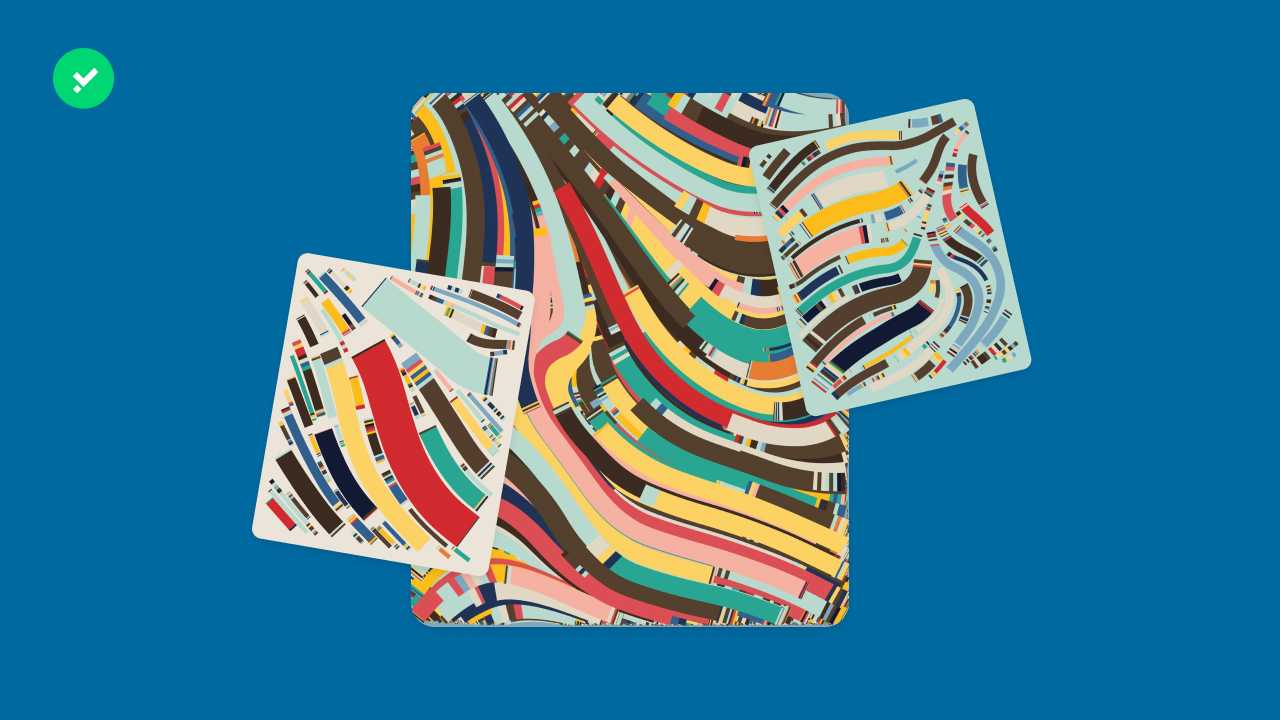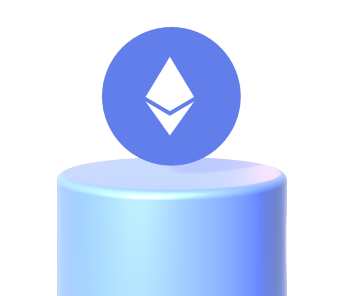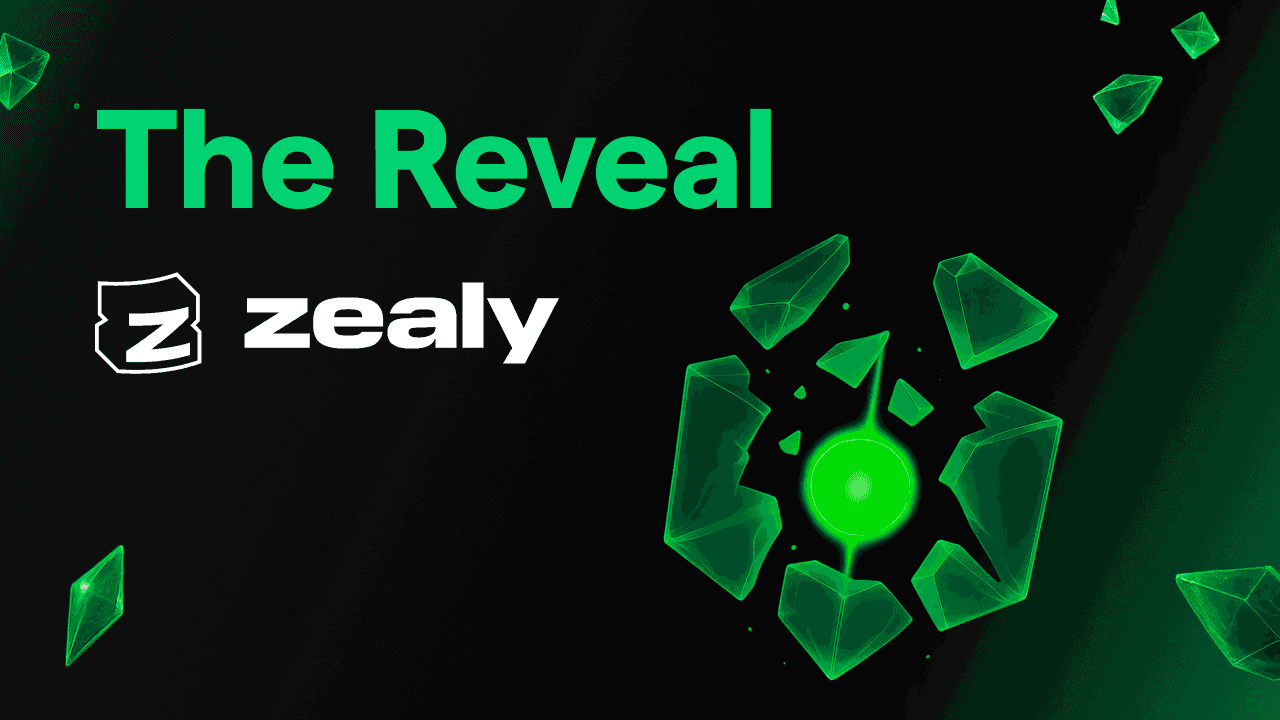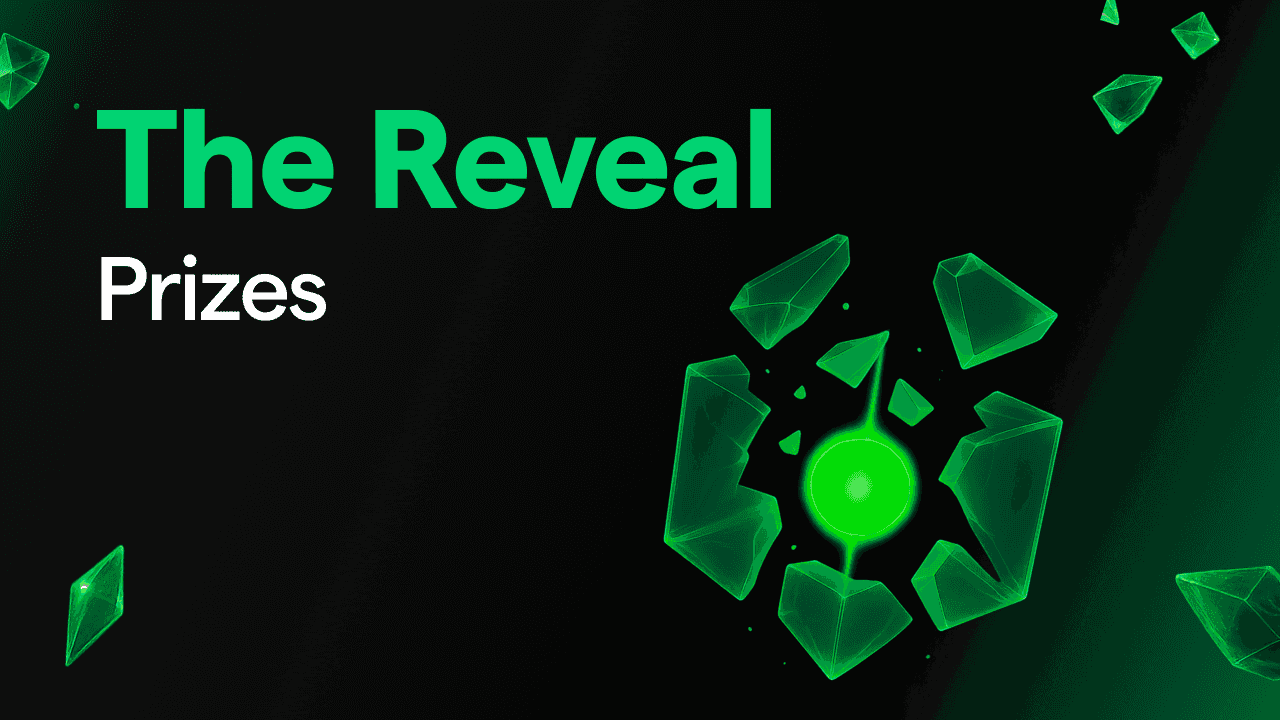
What is generative art and how can it create NFTs? The blockchain has become a creative tool for artists, a work of art can now be created out of a smart contract
Can art be created on the blockchain? The rise of generative art, artificial intelligence and NFTs demonstrates the development of a new artistic trend that harnesses the latest technologies. The first NFT collections have become popular as sets of very expensive images that differ from each other by a serial number or a single randomly assigned feature. The concept of randomised generative art underpins these collections, but what is generative art and how can it be used to create NFTs?
What is generative art? The artist becomes an algorithm
Generative art is nothing new. In fact, it is an art form that has been around for centuries in music and painting. One of the earliest examples of generative art is a musical game by Wolfgang Amadeus Mozart dated 1792. The game involved creating a complete piece of music by randomly combining previously composed fragments of music by rolling dice.
We have come a long way from dice, but the concept behind generative art remains the same. This type of art consists in creating a piece by assembling different elements previously prepared by an artist, or at least a human element, in a random manner, by means of autonomous systems that can be mechanical, chemical, computer or robotic. Generative art pieces are produced autonomously but they start from a human idea – the artist may for example indicate colours, shapes, sizes and sounds that an algorithm will then combine into a single piece. Algorithms in generative art make decisions that would normally be up to the artist, which is why this type of art is said to do away with the artist’s intentionality. Although the human element sets up the elements and the process, the realisation is down to the machine.
Generative art and artificial intelligence
Generative art, images, sounds or any other artistic expression, is very often realised through artificial intelligence. A software that is paving the way for artificial intelligence art is DALL-E, which generates digital images from verbal descriptions. DALL-E was developed by OpenAI and uses 12 billion parameters (or elements) to turn words into images, following the pattern used to associate text and image on the Internet by search engines. DALL-E is currently in beta testing, but its work is already impressive and advanced.
The history of NFTs began with collections generated by the random combination of attributes, such as CryptoKitties or CryptoPunks. NFTs – or non-fungible tokens – are unique digital assets registered on blockchain that certify the uniqueness and ownership of the works of art they represent. For example, for CryptoPunks, the algorithm developed by Larva Labs gave birth to 10,000 unique pieces through the combination of attributes. The algorithm randomly assigned each artwork its attributes in the process of creating the tokens. Essentially, it can be said that NFTs as artworks originated from the concept of generative art. In the early NFT collections, including the Bored Ape Yacht Club, the blockchain was only used to record and store images in the form of NFT but was not directly involved in the creative process. However, smart contracts can also be used to create generative art.
Creating generative art using smart contracts: the Art Blocks example
The blockchain offers new opportunities for artistic creation – smart contracts can in fact be one of the autonomous systems used by generative art. Instead of using a simple algorithm, some artists have chosen to rely on a smart contract which, from a technical point of view, is a software that automatically triggers actions based on the occurrence of various conditions. In practical terms, the generation of an artwork is triggered by buying a non-fungible token and sending a crypto share to a smart contract. This is how generative art can be used to create NFTs.
Art Blocks is an Ethereum platform for making generative art NFTs. It was founded by one of the first collectors of CryptoPunks, known by his nickname Snowfro. After selling part of his collection of Punks, he used the proceeds to develop a platform where the blockchain would help artists create NFTs. You can not only buy works of generative art on Art Blocks but – and this is the project’s peculiarity – you can interact directly with the algorithm by purchasing instantly created works of generative art. Art Blocks hosts the artists’ codes and smart contracts, so, after choosing a collection or a particular style, you pay the fee and receive an NFT randomly created by the artist-designed algorithm in your Ethereum wallet. This makes each result different and the combinations are almost infinite. To date, Art Blocks has a total sales volume of over $1 billion and is one of the most successful generative art NFT projects.
Also amongst the best known NFT generative art projects is Autoglyphs, a 2019 project by Larva Labs on Ethereum. Autoglyphs’ algorithm created 512 NFTs for the collection, which is now available on secondary markets and has achieved sales of $48 million.
Monuverse: generative art for cultural heritage
A further example of the trend to combine generative art and NFTs, is Monuverse. It is an Italian project that aims to build a metaverse in which all the most iconic artistic monuments of the planet can be housed. The first monument chosen to inaugurate the project is the Arco della Pace in Milan. It all started with a live performance at the end of 2021, in which a digital artwork was projected onto the Arco della Pace. From this performance, and thanks to the mechanisms of generative art, Monuverse and the Ouchhh art studio, an NFT collection was created. Although all the non-fungible tokens represent the Milanese monument, each of them is unique. The uniqueness comes from the random combination of a series of graphic elements created by Ouchhh. The collection consisting of 7,777 pieces with seven levels of rarity, will be minted on the 11th of November 2022. Exclusive benefits are reserved for owners of Monuverse NFTs, such as the possibility to select the next monuments to be included in the project, to participate in future whitelisting and the allocation of an avatar for the metaverse currently under construction.




